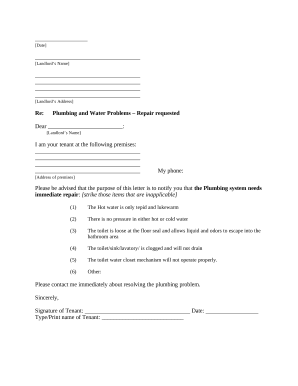
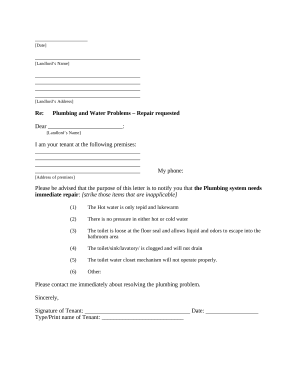
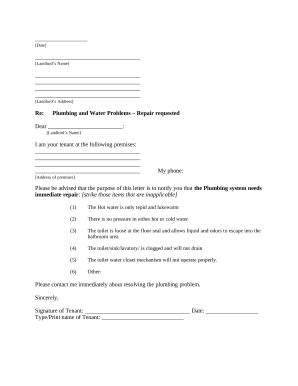
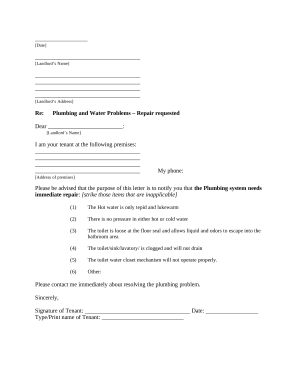
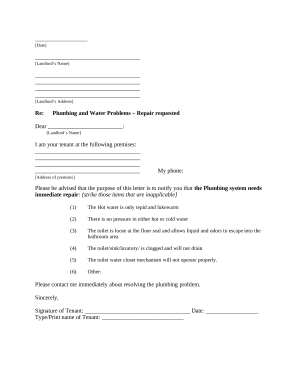
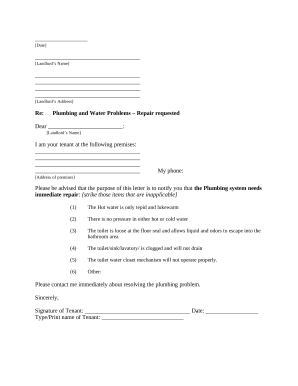
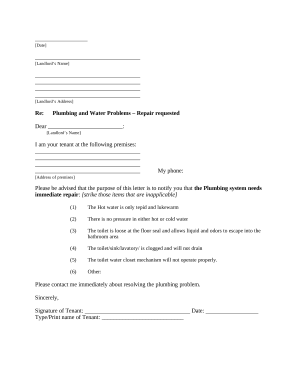
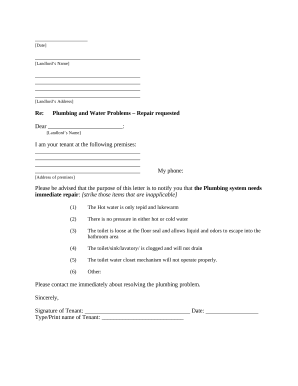
Document administration can overwhelm you when you can’t locate all the documents you require. Fortunately, with DocHub's vast form library, you can find everything you need and quickly deal with it without switching among applications. Get our Plumbing Repair Notices and start utilizing them.
The best way to manage our Plumbing Repair Notices using these easy steps:
Try out DocHub and browse our Plumbing Repair Notices category easily. Get a free profile right now!